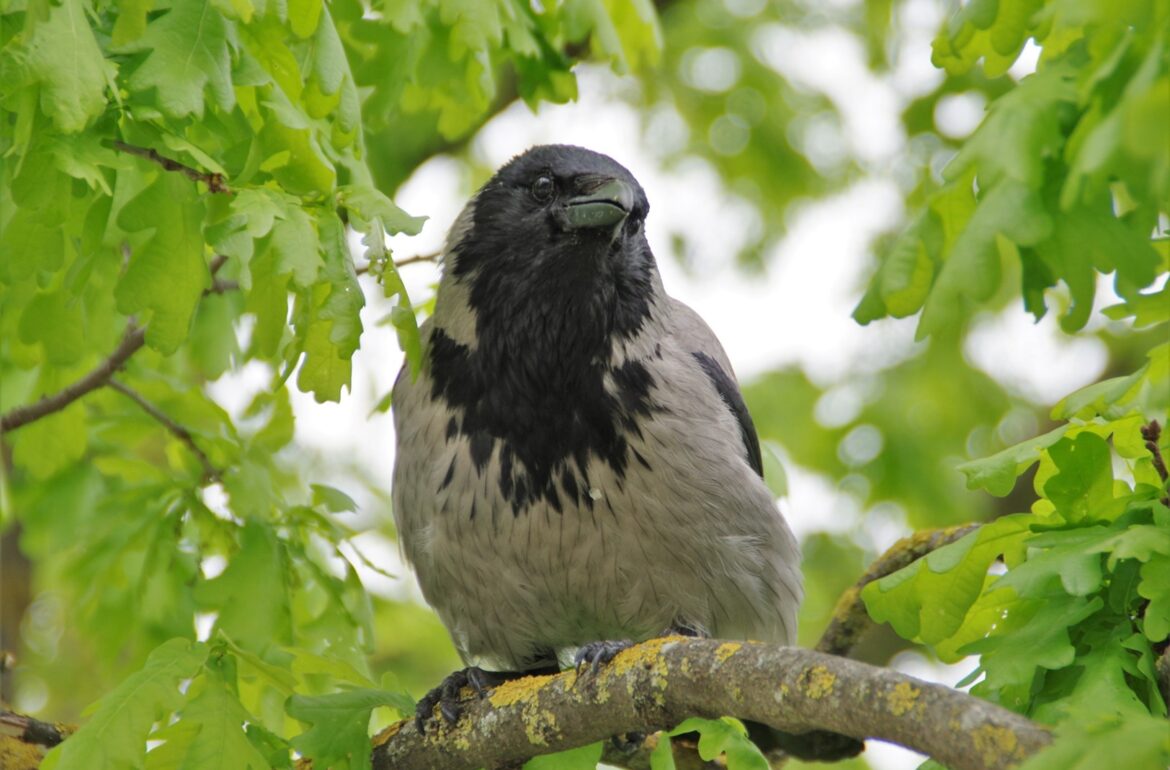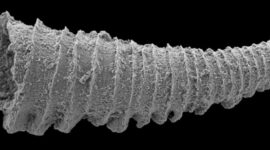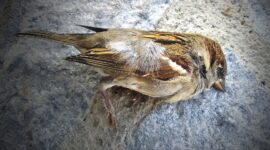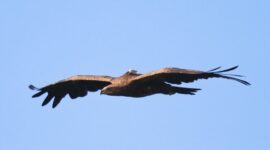A recently defended doctoral thesis gives better foresight into how the fearfulness of birds changes in relation to human-caused disturbances, which in turn helps with planning nature conservation measures.
Success on the evolutionary arena depends on survival and breeding success, therefore, a correct assessment of the predator guarantees greater success. As species have mostly evolved together with predators, predation has played an important role in the development of species. A dynamic balance has been created with the predator and the prey being in a constant race. There are several possibilities for avoiding predators. One of these is antipredator behaviour – constant vigilance, monitoring the surroundings and timely escape.
In the doctoral thesis defended at the University of Tartu Institute of Ecology and Earth Sciences, Kunter Tätte studied whether there are any differences in the escape behaviour of rural and urban birds and which trends can be seen in Europe in general. Data for tens of bird species was gathered from the area between the south coast of Spain and Northern Finland – in Estonia: in Tallinn, Tartu, Rakvere and the surrounding areas.
Evolutionarily, the city is a very novel environment, but a lot of bird species have adapted to urban life. As urbanisation is accelerating globally, many species are forced to adapt to the conditions and possible new predators there. Thus, it is important to know if and how the species have adapted, because knowing this, we can prognose how vulnerable they are while they adapt to new predators and the urban life. This is especially important with endangered species whose natural habitats have been destroyed.

“I followed the common methodology – I approached the bird at a slow pace like a pedestrian usually does. This is an easy way of measuring human-caused alert and flight initiation distances without causing undue stress to the bird. Considering how odd my behaviour might have seemed to passers-by, there was little interest towards my actions, but there were quite a few starers. During my doctoral studies, I conducted about 2,500 observations and about ten people stopped and asked what I was doing. I had binoculars, a laser distance measurer and a questionnaire hanging around my neck, so, people thought I was a forester, race organiser or a spy,” said Tätte, remembering the data collection.
However, Tätte noted that field work was the easy part of the research, because thanks to his experience with nature photography, he knew how to find, observe and identify birds. It was a bit more difficult to take into account the environmental factors important to birds, such as the existence of a refuge, and to take shelter quickly without too much effort. Things got complicated when it was time to analyse the data, because decisions had to be made on which of the measured and biological characteristics to use.
Tätte’s thesis shows that urban birds are bolder but also more vigilant than rural birds, and birds in northern regions are bolder than birds in southern regions. Contrary to what was presumed, the more vigilant urban and rural birds delay escape for longer, which raises doubt whether vigilance should be used as an indicator of fearfulness in birds, as has been the case in existing research.
Furthermore, Tätte received preliminary experimental proof that birds do not escape danger blindly, but keep an eye on the potential danger even while escaping. They do not escape in the same direction as the approaching danger, which would put maximum distance between the danger and themselves, but they move left or right. The escape method and escape duration change according to the change in the threat level.
In a dangerous environment, higher vigilance makes sense so as to escape at the right time in case of danger. Humans may inadvertently increase an animal’s fearfulness, which may alter the animal’s behaviour, and in the worst-case scenario, cause the downfall of a population. Existing fear studies have focused on measuring vigilance and flight initiation distance. The results also support previous studies on the impact of the bird’s body weight, closeness of refuge, and size of the flock on escape behaviour.
Tätte’s doctoral thesis helps better predict how the fearfulness of a bird may change in connection with human disturbances, which in turn contributes to the planning of nature conservation measures. Due to human activity or other changes, individuals may move to an unsuitable environment, where the predation risk is higher than usual. Even indirect risk forces birds to monitor predators constantly and may affect them because this time could be spent on foraging. Most successful are the birds that can assess risk adequately and adapt their behaviour accordingly.

How can we apply this knowledge of the escape behaviour of birds?
According to Tätte, flight initiation distances of birds have been used for nature conservation purposes. “For example, when comparing the flight initiation distances on areas with different disturbances, it is possible to show quantitatively that certain human disturbances (such as hikers, motor vehicles, hunting activity) increases fearfulness in animals. It is known that in the case of bigger fear, the animal spends more time on vigilance and escape and less time on foraging. This may, however, reduce reproduction, which in turn means a decrease in the population size.
Another application would be to determine the size of a buffer area around a known habitat, i.e. the area where human activity should be limited to avoid disturbing animals. Let’s, for example, look at the logging activity in the vicinity of Northern goshawk nests that was mentioned recently in Estonian media. Current studies, including the works co-written by me, have shown that larger birds are more sensitive to disturbances.
The Northern goshawk belongs to the Accipitridae family, which, based on existing data, is one of the families most sensitive to disturbances among all birds. According to the literature, a non-nesting Accipitridae escapes from a human at an average distance of 150 metres, and due to this, people do not actually realise they have disturbed the bird.
However, the average is not enough for calculating the buffer area, we must also take into account the more sensitive individuals and add a bit extra. The appropriate buffer area would probably be about 300 metres or more. From this perspective, it is regrettable that many recent clear cuttings in Estonia have occurred significantly closer to the nests of the Northern goshawk than 100 metres.
Flight initiation distance and changes in it have also been used for studying the adaptation of animals to human disturbances. At the moment, it is not clear why the members of some species get used to human disturbances over time and some get more sensitive. There are quite a few unknown regularities in this field, which can be determined by studying escape behaviour and which may be of help for predicting which species can adapt to human activity and which cannot.”
Written by: Marko Mägi, University of Tartu
The translation of this article from Estonian Public Broadcasting science news portal Novaator was funded by the European Regional Development Fund through Estonian Research Council.
 Back
Back



